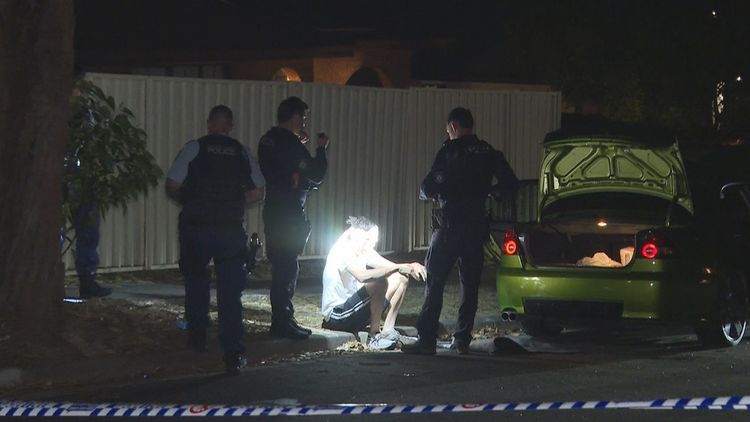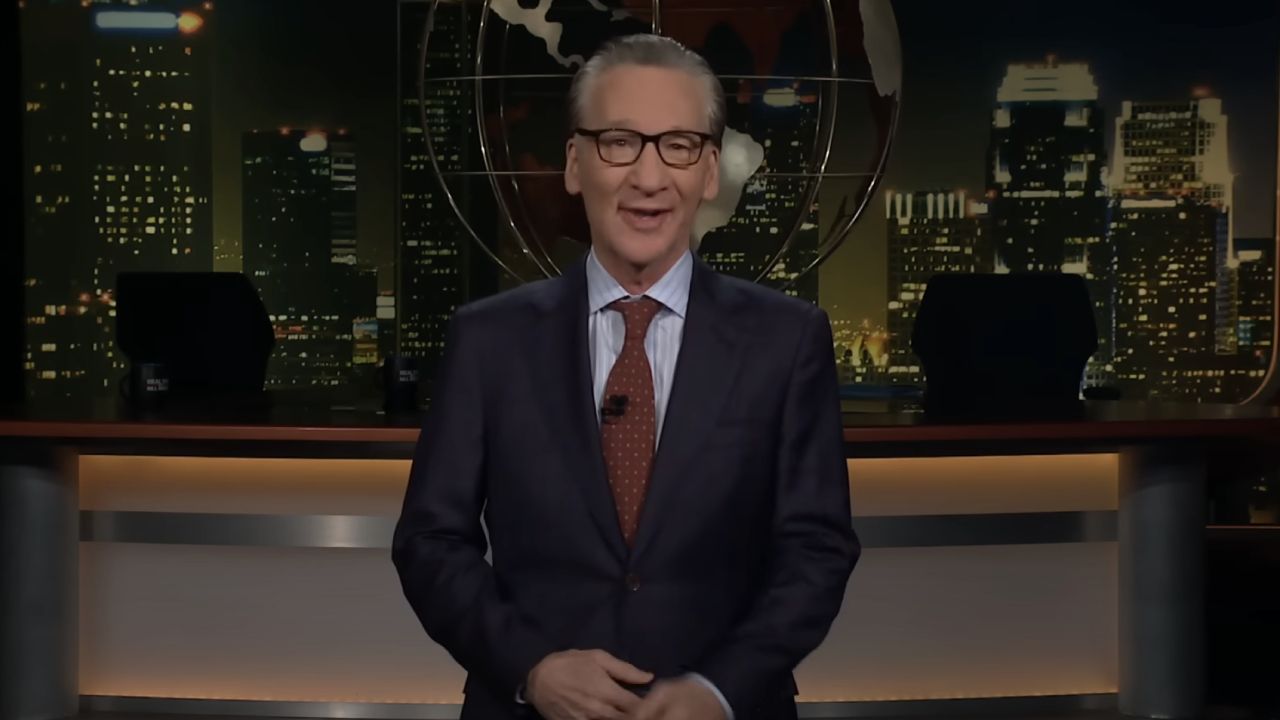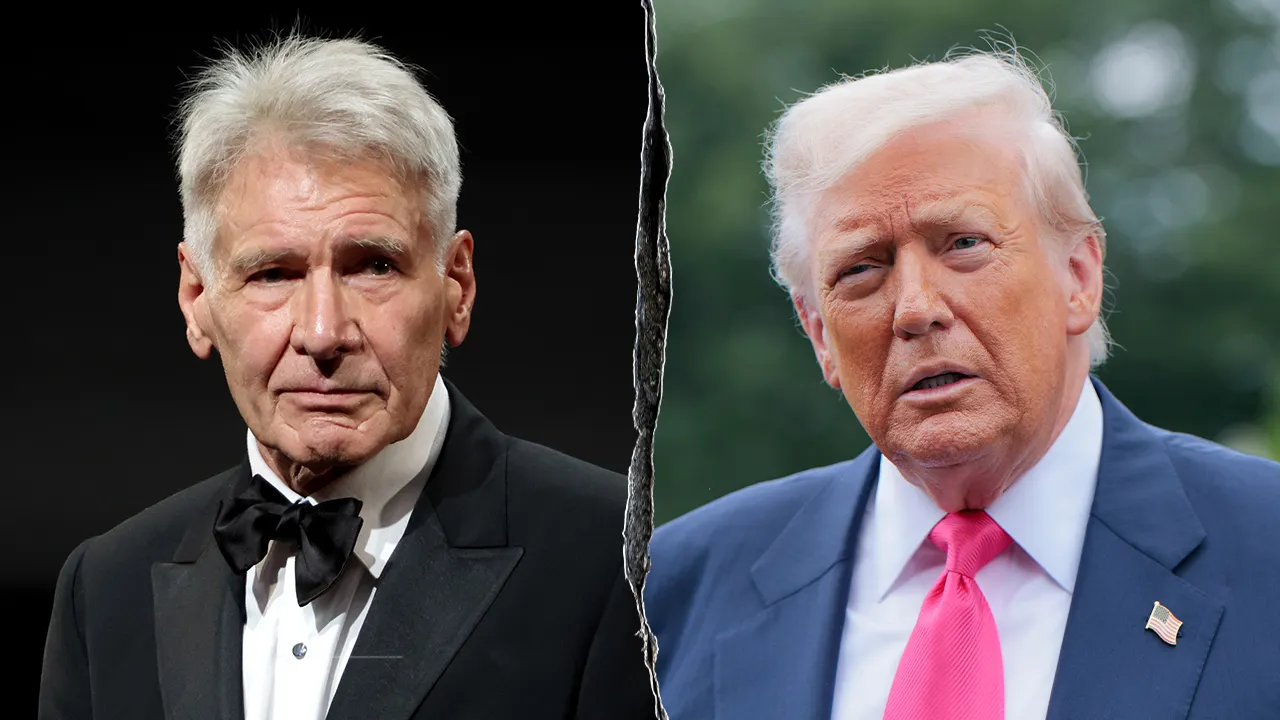Copyright hoodline

The Office of Hawaiian Affairs just landed a $2 million federal brownfields assessment grant to scrutinize environmental conditions on its Kakaʻako Makai parcels — a bureaucratic-sounding but consequential step toward figuring out what to do with that waterfront land. The money covers testing and planning on longtime industrial lots and a former municipal landfill, work OHA says it needs before any redevelopment talks get real. U.S. EPA announced the FY25 Brownfields award in May and named OHA a $2 million recipient to assess properties in Kakaʻako Makai and nearby Iwilei. Assessment grants fund inventories, planning, environmental sampling and community outreach — the nuts-and-bolts process that moves communities from concern to cleanup. “This critical investment strengthens OHA’s ability to steward these culturally and strategically significant lands,” the agency said, and Board Chair Kaialiʻi Kahele called the grant “a crucial first step” toward transforming parcels long defined by contamination and neglect. OHA says the money will support environmental review that feeds into community planning and any future master plan. Office of Hawaiian Affairs noted the award covers Kakaʻako Makai and Iwilei properties. What OHA owns OHA controls nine parcels in Kakaʻako Makai totaling roughly 30 acres, part of a 2012 transfer from the state to partially settle decades of unpaid ceded‑land revenue. The blocks sit makai of Ala Moana Boulevard and have been the subject of OHA visioning, master‑planning and periodic public debate. The 2012 conveyance and parcel list are documented in state records. Industrial past and neighboring projects The peninsula’s history with industrial uses and a municipal landfill — flagged by EPA in announcing the award — complicates the picture. Nearby state parcels have been remade as parks and institutions, including Kakaʻako Waterfront Park and the Hawaii Children’s Discovery Center, and the University of Hawaiʻi’s medical campus sits within the broader Kakaʻako area. Those contrasts explain why OHA’s lots are seen as both promising and tricky. For context, see the Hawaii Community Development Authority’s neighborhood overview. HCDA The housing ban that still binds the land A 2006 state move effectively barred residential development makai of Ala Moana Boulevard — a restriction OHA has repeatedly tried to ease. The agency has pushed for changes across multiple legislative sessions and explored other ways to generate revenue for Native Hawaiian beneficiaries. HCDA/DBEDT outlines the legal background and recent efforts. What the Brownfields grant pays for EPA assessment grants help communities inventory brownfields, do environmental sampling and planning, and involve the public so officials and landowners can pinpoint practical cleanup and reuse steps. For OHA, that means mapping contamination risks and deciding whether cleanup grants or other actions are needed before construction or new uses are on the table. U.S. EPA explains how the funds typically work. Next steps for OHA OHA still has to meet EPA’s administrative and legal requirements before it can draw down funds. The agency says it will pair technical testing with community outreach to inform a conceptual master plan for the makai parcels. Assessment results are meant to guide whether OHA pursues cultural, recreational, commercial or — if laws change — residential uses down the line. OHA says the work will align future uses with public health and Native Hawaiian values. Legal and regulatory Kakaʻako Makai falls under HCDA’s planning jurisdiction and remains subject to state law that limits certain makai uses; changing that framework would require formal action by lawmakers or governing agencies. Public documents, including a 2021 Senate resolution, map out the parcels and the governance that will shape any major land‑use change. State records provide the statutory background. The EPA award buys time for testing and public discussion but doesn’t settle the politics around Kakaʻako Makai. Community groups that opposed earlier proposals for tall residential towers remain skeptical, while housing advocates argue that solid environmental data is a necessary step before policy debates resume. Local reporting has tracked both the environmental stakes and the fights likely to follow the assessments. Honolulu Civil Beat has chronicled recent rounds of the debate.



